|
The ACM (Advanced Compact MOSFET) model was implemented into the ELDO simulator using the UDM (User
Definable Model) module. The model code was written in C. The iterative algorithm used for
the numerical calculation of the inversion charge in the UCCM need only one iteration to obtain
relative errors of less than 10-7 V in the whole inversion range.
The model must be precise in all regions, preserve the drain-source symmety of the MOSFET and be charge conserving. To validate the ACM’s implementation some simulation was done.
Benchmark tests:
Gummel Symmetry Test (GST)
M2M network
Sample and Hold
Capacitances
GUMMEL SIMMETRY TEST (GST)
This test is usedto show the symmetry of the forward and reverse modes of operation and the continuity, around the origin, of the drain current and charges as well as their derivatives . The circuit is shown in Fig.1 .Since the MOSFET is a symmetric device, then ID(VX)=-ID(VX), which requires the even order derivatives to be odd functions of VX and, as a result, the second derivative to be zero around VDS=0V.
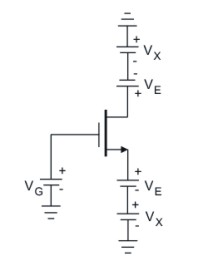
Fig.1 Circuit for GST.
Fig.2 shows that the derivatives of the drain current of ACM simulated in ELDO are continuity and present smooth transition around VX=0V.
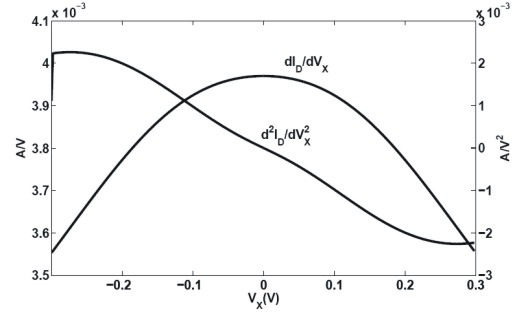
Fig.2 First and second derivatives of the ACM model simulated in ELDO.
M2M NETWORK
MOSFET current dividiers are useful component to conversion digital signal to analog signal that can be also used to test the quality of compact models. In this array, all transistor have the same dimensions and share a commom substrate. A first order analysis of this topology shows that the reference current is successively divided by two. In order to reduce deviations form the expected values owing to short-channel effects, long-channel devices have been employed in the current divider.
In this network (Fig.3), the current IM2 is equal to Iref because the aspect ratio of the current mirror is one
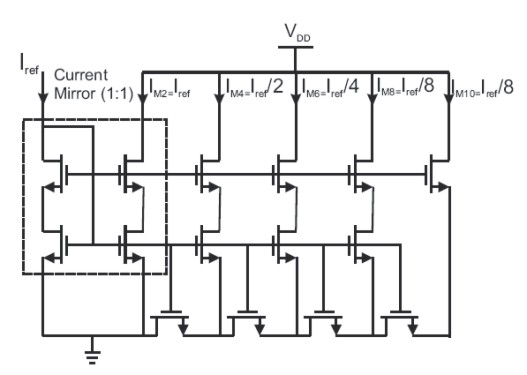
Fig.3 MOSFET binary current divider.
In Fig.4, we have that the error of the ACM model are very low (less than 0.12%) ,show that ACM represents this kind of circuit of the correct way.
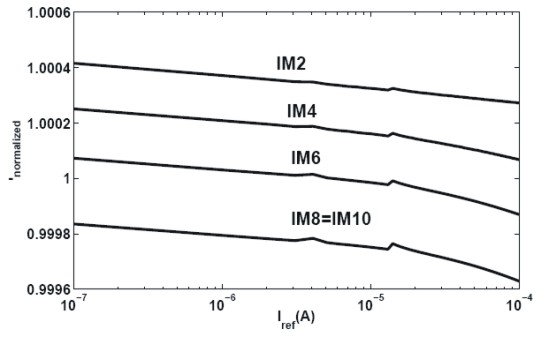
Fig.4 Normalized branch currents vs. input reference current obtained from simulations using ACM.
SAMPLE AND HOLD
To verify if the charge is being conserved in ACM model was used the circuit of the (Fig.5).
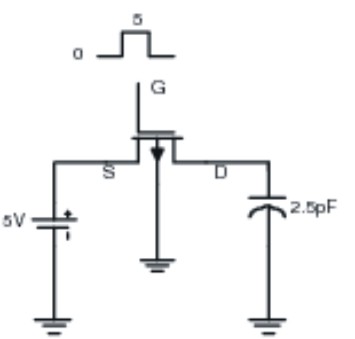
Fig.5 Sample and hold circuit employed to verify charge conservation.
Fig.6 show that the ACM model represents in adequated way the behavior of the sample and hold circuit with the capacitor being charged to each pulse.
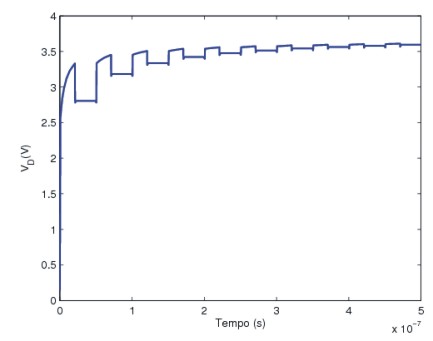
Fig.6 Results of simulation of the circuit of Fig.6 using the ACM model.
|